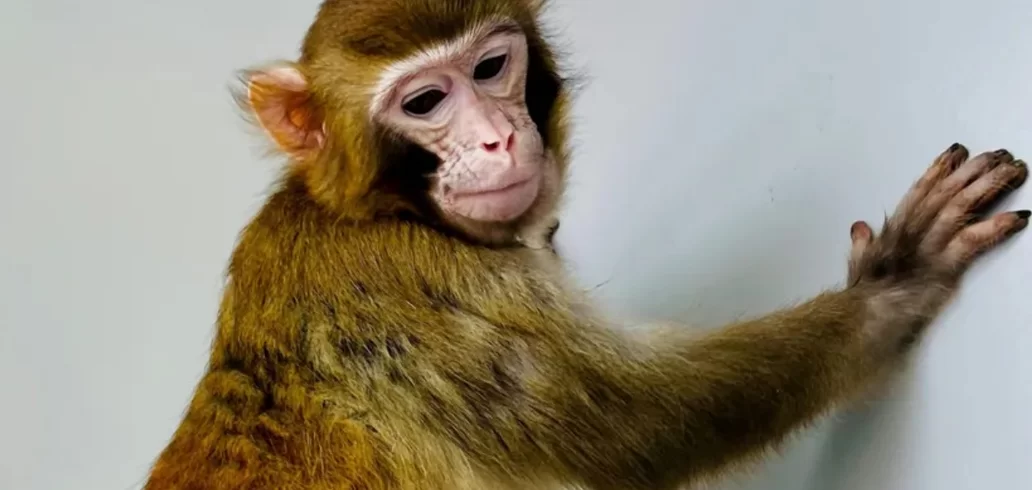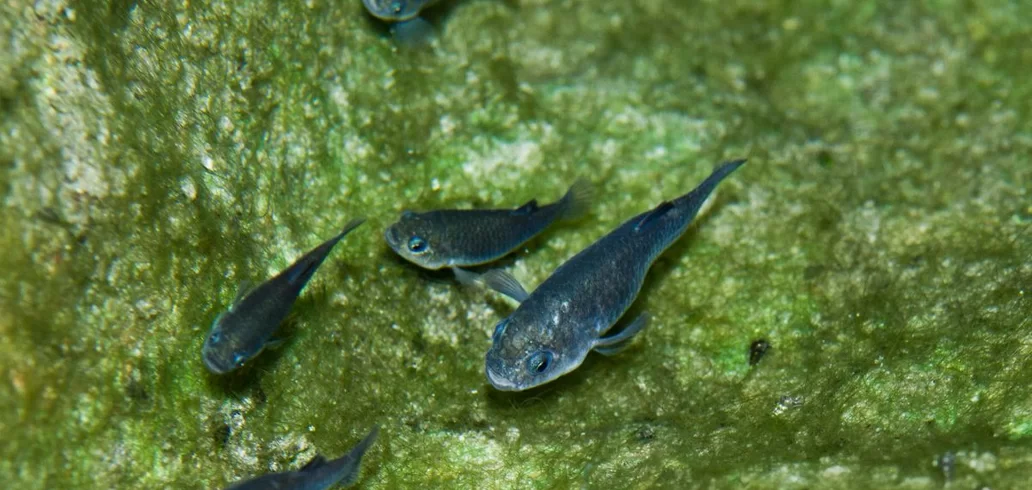Curiosities
How did whales go from land animals to marine animals?
Advertisement
About 50 million years ago, the ancestors of whales were small land mammals that lived near water. They began exploring the aquatic environment in search of food, probably by following prey or food sources. Over time, these ancestors developed adaptations that made them increasingly successful in aquatic life.
Some of the key adaptations included:
1. **Changes in locomotion**: The front legs turned into flippers, providing greater propulsion in the water.
2. **Development of fins and tail adapted for efficient swimming**: This increased their ability to swim and maneuver in the water.
3. **Reduced body weight and increased buoyancy**: This helped the whales stay in the water more easily.
4. **Development of breathing systems adapted to marine life**: Whales developed larger lungs and the ability to breathe through holes in the top of their heads, allowing them to remain underwater for long periods.
Over millions of years, these adaptations led to the diversification of whales into different species, each adapted to different ecological niches within the marine environment. This process of evolution is a classic example of species adapting to new environments over time.
The cetacean family tree: a journey of millions of years
The cetacean family tree, which includes whales, dolphins and porpoises, is indeed a fascinating journey that spans millions of years. Cetaceans belong to the order Cetacea, which is divided into two main suborders: Mysticeti (baleen whales) and Odontoceti (toothed whales).
Here is a simplified overview of the cetacean family tree:
1. **Ambulocetidae and Pakicetidae**: These are the earliest known cetaceans, which lived about 50-55 million years ago. They were semi-aquatic and had characteristics of both terrestrial and aquatic mammals.
2. **Protocetidae**: This family includes ancestral cetaceans that lived about 49-40 million years ago. They were already more adapted to aquatic life than their predecessors, but still had functional hind limbs.
3. **Basilosauridae**: These cetaceans lived about 40-34 million years ago. They were the first truly marine cetaceans, with elongated bodies and reduced or absent hind limbs.
4. **Modern diversification**: After the basilosaur period, a great deal of diversification and evolution of modern whales occurred. This included the emergence of baleen whales (Mysticeti) and toothed whales (Odontoceti). Baleen whales include species such as blue whales and humpbacks, while toothed whales include dolphins, orcas, and killer whales.
Over these millions of years, cetaceans have continued to evolve and adapt to the marine environment, resulting in the incredible diversity of forms and behaviors we see today. This evolutionary journey is a testament to the ability of species to adapt to new environments over time.
How Cetacean Bodies Changed for Life in the Water
The evolution of cetaceans to life in the water involved a series of physical adaptations that allowed them to thrive in the marine environment. Here are some of the most significant changes that occurred in their bodies:
1. **Development of limbs adapted for swimming**: Cetaceans evolved forelimbs (arms) that developed into flippers or fins. This helped propel them through the water, allowing them to move efficiently.
2. **Reduction or loss of hind limbs**: Over time, cetaceans lost or reduced their hind limbs. This reduced water resistance and improved aerodynamics, making them more agile in the water.
3. **Body elongation**: Cetaceans have developed elongated, hydrodynamic bodies, which reduces water resistance and facilitates efficient movement.
4. **Respiratory adaptations**: Cetaceans have developed larger, more efficient lungs to store oxygen, allowing them to remain underwater for longer periods. In addition, they have developed breathing holes on the top of their heads, allowing them to breathe without having to expose their entire bodies.
5. **Changes in skin and subcutaneous fat**: Cetaceans' skin is smooth and dense, which reduces friction in the water. In addition, they have a thick layer of subcutaneous fat, called blubber, which serves to insulate them from the cold and provide energy reserves.
6. **Sensory system adapted to aquatic life**: Cetaceans have eyes adapted to see in water and a highly developed auditory system to detect sounds underwater. Echolocation is a key ability in many cetacean species, allowing them to locate prey and navigate in dark or murky aquatic environments.
These physical adaptations have allowed cetaceans to thrive in diverse marine environments around the world and become one of the most successful orders of aquatic mammals.
Trending Topics

How to Recover Deleted Photos Without an App: Step by Step
Discover practical ways to recover deleted photos without an app and avoid losing important moments directly from your cell phone.
Keep Reading



